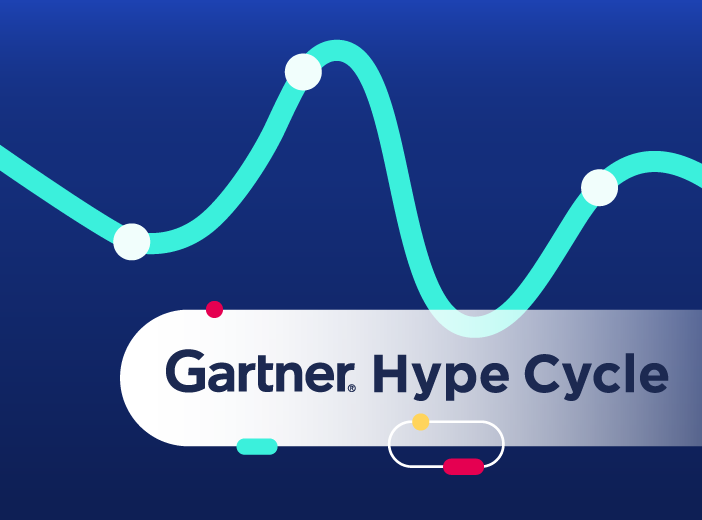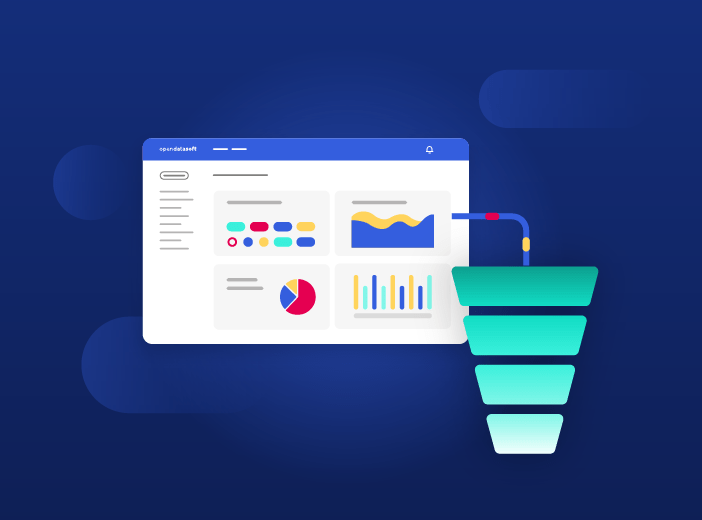Glossary
Data Space
A data space brings together relevant data infrastructures from different partners and shares them in an interoperable, secure and standardized way.
What is a data space ?
A data space brings together relevant data infrastructures from different partners and shares information in an interoperable way across the entire ecosystem. It includes clear standards and governance frameworks to ensure security and interoperability.
The aim of data spaces is to ensure that more data becomes available for use in the economy and society, while ensuring that the companies and individuals who generate this data remain in control of it.
Data spaces can be focused on a specific industry, such as health, energy or finance, bring together a wider ecosystem across sectors (such as around sustainability) or be localized around a region or city.
While it can be applied globally, the data space concept is part of the European strategy for data. This aims to create a single, cross-border market for data that will ensure Europe’s global competitiveness and data sovereignty and is supported by legislation such as the Data Governance Act and Data Act.
How does a data space work?
A data space has a number of key features:
- A secure infrastructure that protects data privacy, is GDPR compliant, and enables the easy sharing and use of data, either for free or as a charged-for service
- Interoperability and integration of data from multiple sources, based on agreed standards and technology building blocks
- Clear, robust data governance processes to ensure that data is accurate, reliable and trustworthy
- Mechanisms that make it easy for relevant organizations and users to access relevant data online and to collaborate around data assets
- Multiple participants. Rather than peer-to-peer sharing data is contributed and accessed by an entire ecosystem of organizations or individuals. A data space is not ‘owned’ by a single participant
In the case of European data spaces the aim is that they should follow the same key design principles so that different data spaces can interconnect and work together across sectors.
What are the benefits of data spaces?
Data spaces aim to share data easily across relevant ecosystems, providing a harmonized and holistic view. They therefore deliver multiple benefits:
- Accelerating digital transformation and digitalization
- Enabling greater collaboration between organizations
- Allowing the creation of new digital services
- Increasing efficiency by automating and streamlining processes
- Improving transparency, such as with the public and other stakeholders, through seamless data sharing
- Driving data democratization by making relevant data freely available to all
- Enabling organizations to work together to tackle mega challenges such as sustainability
What are data spaces in local government?
As explained above, all sectors benefit from data spaces. However, they have specific advantages when applied locally, to cities and communities. These local areas typically have large numbers of different organizations creating data, such as municipalities, mobility providers, healthcare organizations, public services, and private companies. Data includes:
- Demographic information
- Public health records
- Transportation/traffic data
- Environmental statistics
- Mapping and other geographic data
- Smart city data, such as from sensors
- Energy data in terms of production, distribution and consumption
Combining data between these providers can dramatically improve the delivery of services, engagement and quality of life for citizens and communities, as well as decision-making within public bodies. Use cases include local digital twins, better urban planning, and end-to-end mobility services as well as enabling co-ordinated responses to challenges, such as pandemics, natural disasters and extreme weather events.
Often data sharing in local areas is difficult due to data silos within individual organizations and a lack of standards and governance to enable secure interoperability. Data spaces address these challenges, centralizing data from different sources and making it seamlessly available to all. Consequently they benefit everyone involved – local governments, citizens, businesses and other stakeholders.
Learn more

Blog
Gartner Hype Cycle: How data marketplace technologies are transforming data management
Where should CDOs and data leaders focus their strategies and investments when it comes to technology? To help, we highlight key trends from the new Gartner Hype Cycle for Data Management, focusing on the benefits of data marketplaces and data products.

Blog
Measure and accelerate data consumption through an e-commerce-style conversion funnel
Your data is there. Stored, catalogued, governed... But is it really being consumed and used? That’s today’s main challenge for data leaders - transforming their data assets so that they deliver tangible value. One approach to understanding and achieving usage is to integrate a measurable conversion funnel into your data marketplace. Inspired by e-commerce best practices, this makes it possible to monitor and optimize every step of the user journey. Applying this proven concept in an innovative way therefore helps measure and drive data consumption.

